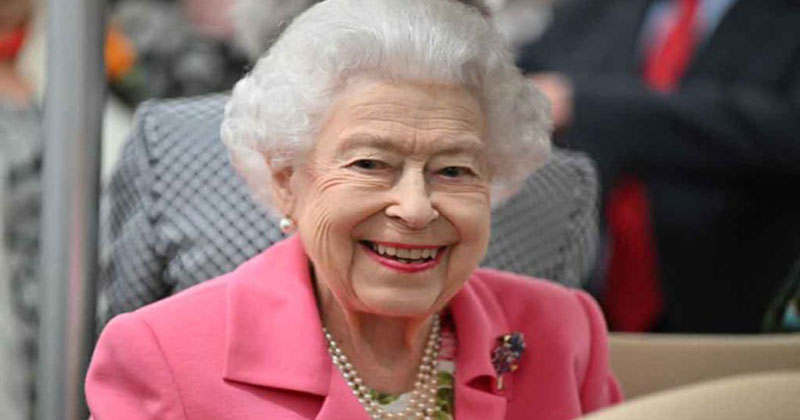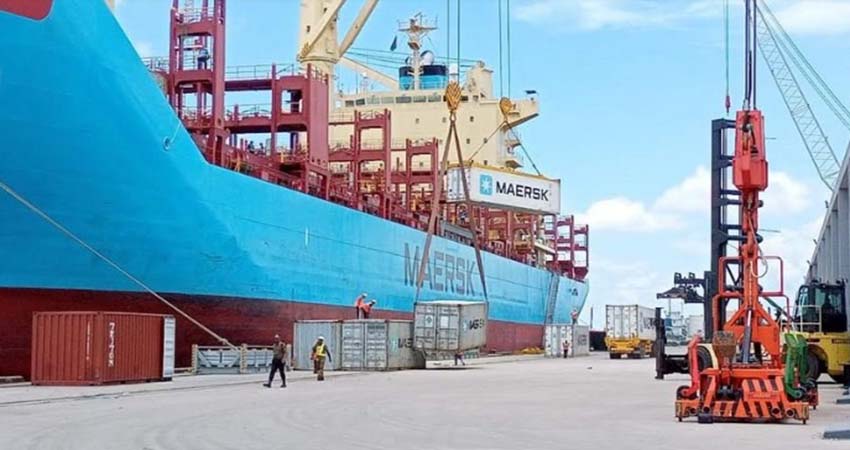Fire is a natural element that is essential in our daily life. Every morning, our daily life begins with the use of fire. Fire is a chemical reaction of a rapidly inflammable substance. It is exothermic, the rapid oxidation process of substances in combustion reactions. It produces various chemical products including heat, light. Fire is hot because the weak double bonds of molecular oxygen produce energy during the conversion of strong bonds to carbon dioxide and water. The binding energy of the fuel plays a very little role here.
A flame is produced when the combustion reaction reaches a certain point. Flame is the visible part of fire. Flames are mainly composed of carbon dioxide, water vapor, oxygen and nitrogen. If heated enough, the gas can ionize to produce plasma. The colour of the flame and the intensity of the fire vary depending on the composition of the igniter and the presence of impurities. A fire is ignited when a combustible material containing a sufficient amount of an oxidant such as oxygen gas or other oxygen-rich compound is exposed to a source of temperature above the flash point of that fuel/oxidant mixture and can sustain a rapid rate of oxidation, resulting in the production of a chain reaction. This is commonly called the fire triangle.
Fire cannot exist without the presence of all these elements in proper proportion. For example, a flammable liquid will only ignite if the fuel and oxygen are in the right ratio. Some fuel-oxygen mixtures may require catalysts that are not accepted in the reaction but, if added to a chemical reaction during combustion, are capable of making the reactants more flammable. Once ignited, fire can maintain its heat by releasing more heat energy in the combustion process through chain reactions and can spread further if an oxidant and fuel are continuously supplied.
The ability to control fire brought about a dramatic change in the way of life of primitive people. The use of fire for heat and light has made it possible for humans to learn how to cook food, thereby simultaneously increasing the variety and availability of nutrients and reducing disease by killing microorganisms present in food. Heat from fires helps people stay warm in cold climates and enables them to live in cold climates. Fire also protected humans from nocturnal predators.
It was probably 4,00,000 years ago that humans learned to use fire in a controlled manner. There is extensive evidence of the use of fire from about 50,000 to 1,00,000 years ago. From this period there are indications of the regular use of fire. Intriguingly, resistance to air pollution also began to evolve in humans at the same time. The use of fire has evolved over thousands of years to control wildlife.
A common form of fire is arson, which can also cause physical damage by burning. Fire is an important process that affects ecosystems around the world. Positive effects of fire include acting as a growth stimulant and maintaining various ecosystems. Its negative effects include risk to life and property, atmospheric pollution and water pollution. If fire damages vegetation, heavy rainfall may increase erosion.
Also, when plants are burned, nitrogen is released into the atmosphere, while the potassium and phosphorus contained in the ash are quickly incorporated into the soil for reuse. This loss of nitrogen due to fire reduces soil fertility in the long term. However, this fertility can be restored through nitrogen fixation, as seen in lightning and nitrogen-fixing legumes such as peas and beans, which convert atmospheric molecular nitrogen into ammonia.
Various techniques are used to prevent wildfires worldwide. Firefighting services are provided by fire brigades in most developed areas to extinguish uncontrolled fires. Trained fire personnel control the fire using necessary equipment, water supply systems such as fire hydrants or foam. Firefighting is primarily aimed at reducing the source of ignition. It also includes teaching people how to avoid fire.
Fire drills are often held in various schools and high-rise buildings to teach citizens how to respond to a fire. Intentionally setting a destructive fire is a capital offense. As per standard building regulations, fire protection measures are required to reduce fire damage. The most common form of active fire protection is fire sprinklers. In most developed countries, buildings, building materials and furniture are tested for fire resistance and flammability. Plastics and decorative materials used in vehicles and ships are also tested.
If fire protection measures fail to prevent a fire, fire insurance can reduce financial losses. It is impossible to predict when the fire will start. So we have to take precautions in advance so that accidents like fire do not happen. Fire accidents are happening frequently in our country. Every year due to fire our country is losing huge amount of money as well as losing precious lives. So we need to know the things to do to prevent fire. Below are some important precautions:
Gas is used for cooking. A gas explosion can cause serious accidents. Therefore, special caution and awareness should be adopted for this. For example: a) Switch off the stove completely after cooking, b) Wet clothes should not be allowed to dry on the stove. This may cause fire to clothes and accidents, c) At least 15 minutes before lighting the gas stove, all the windows and doors in the kitchen should be opened for ventilation, d) Match stick should be held before turning on the gas switch, e) If the hose pipe of the gas stove is cracked or damaged, have to change.
Accidents can occur when fire is connected to electrical lines in homes. So need to be careful about this. E.g.: a) Household electrical lines should be checked regularly every six months. If there is a faulty line, it should be fixed quickly. This will prevent accidents, b) Proper quality of electrical cables or equipment should be used. (c) Using damaged or substandard electrical cables or equipment should be avoided, (d) Avoiding using open lamps.
Also, some more precautions should be taken in the case of homes and industrial establishments. For example: smoking should be avoided or if smoking, should be extinguished and put in a safe place, chemicals and flammable materials should not be used by inexperienced people, fire spark-proof switches and plugs should be used, house construction with easily flammable materials should be reduced, adequate provision of water or sand should be kept nearby the workplace, regular fire drills should be attended, basic training on fire fighting and prevention should be taken.
Advice of firefighting volunteers should be taken. A bucket of water and a bucket of sand should be kept always in the house or establishment. They help to put out fires. Necessary number of fire-extinguishers according to the fire risk should be kept. Training should be conducted on the application and use of fire extinguishers, keeping all places of the office and home free of garbage and burn unnecessary documents or papers when they are no longer needed.
Writer: Columnist, and Asst Officer, Career & Professional Development Services Department (CPDS), Southeast University.
Citizentimes/OH/MY


















